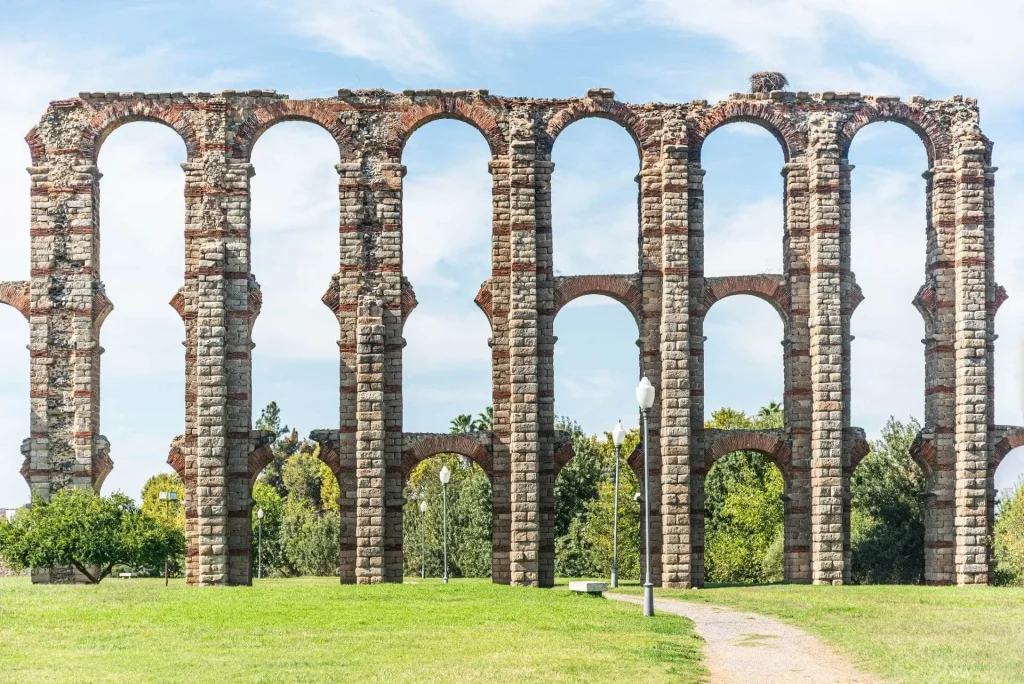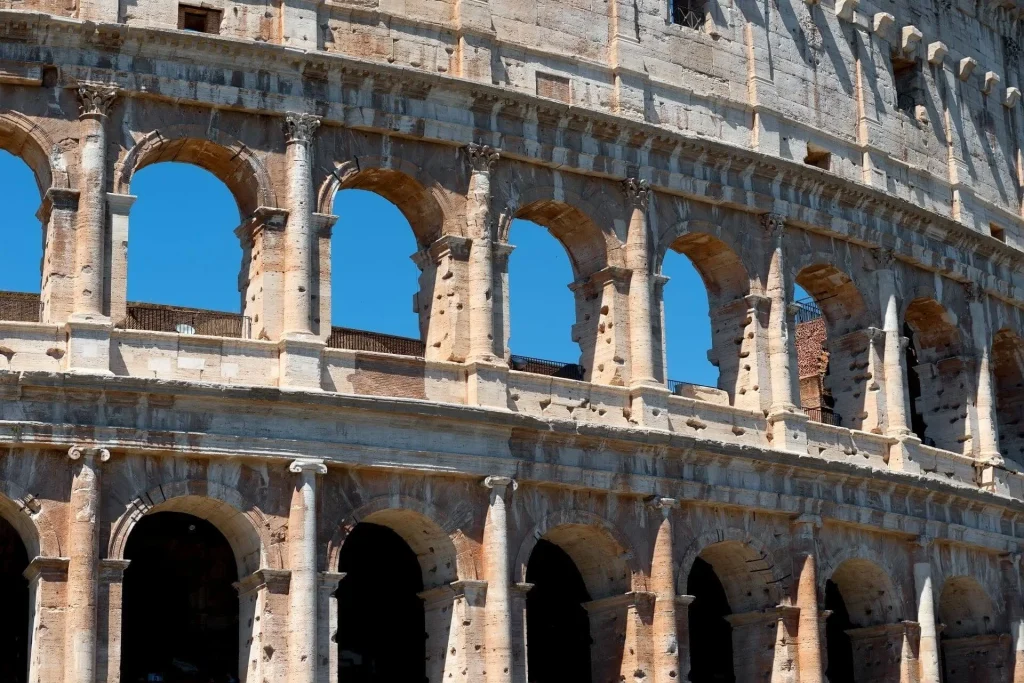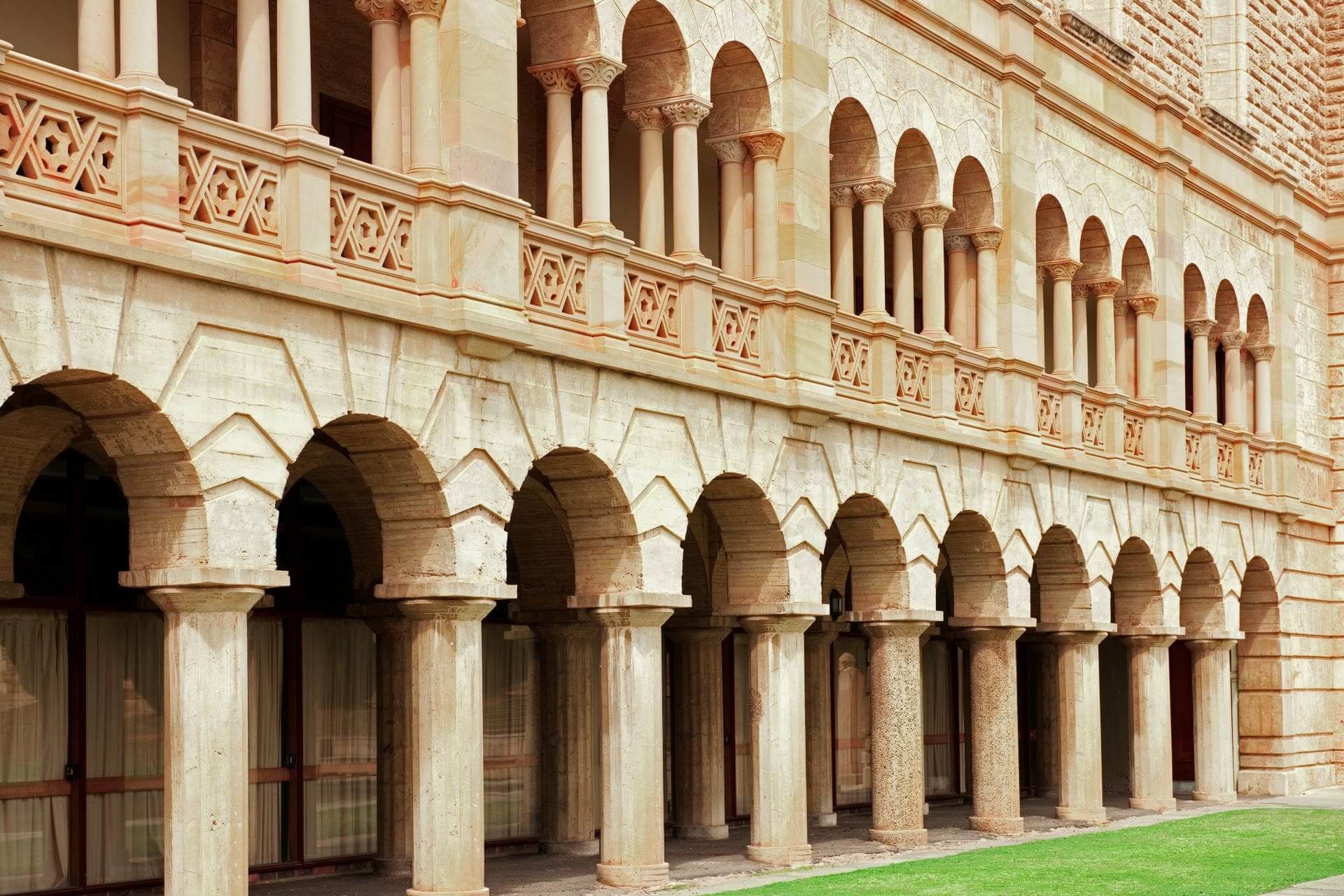If you look at the old structures that are popularly recognized in history, then you will notice that a lot of these old structures have arches in the construction of these structures. And this inclusion of arches in these old structures is not merely for visual appeal. They are proven to be efficient in maintaining structural stability, especially when part of a large structure. Hence, if you are a fan of the use of arches in ancient structures, and you’re considering implementing arches in your property for sale in some form, then this blog may give you some helpful information.
What Is the Arch?
The arch is an architectural structure, which is essentially an opening wherein the top portion of the opening is curved. The curved portion of the arch is intentional because the curved shape of the arch allows the curved shape portion to distribute the load it carries toward the vertical portions of the openings. These vertical portions are, generally speaking, the columns that make up the arch, such as the piers or jambs.
The concept of the arch has been utilized by civilizations in early history, although it was due to the Roman Empire’s innovations that the usefulness of arches was developed further into the different architectural forms or structures that comprise arch architecture.

Why Are Arches Important?
Arches are structures that utilize compressive force or compression to support the load or weight of the structure that it is a part of. Compression is a type of force that centers around squeezing or pushing objects together; so it is the opposite of tension or tensive force, wherein tension is a type of force that centers around pulling objects apart.
Arches and compressive force
The importance of arches is observed in how they utilize compressive force in order to maintain stability. Above an arch, there exists the load of the structure; and this load pushes down on the arch, specifically the uppermost portion of an arch. Given that the uppermost portion of an arch is in the shape of a curve, the uppermost curved portion of an arch distributes the weight onto the vertical beams or columns that make up the arch. The load distributed to these vertical columns is thereby distributed onto the ground, where the foundation of the arch is present.
How arches are stabilized through compressive force
Considering how the uppermost portion of the arch is in the shape of a curve that transfers the load, of the structure that the arch is a part of, all the way to the foundation of the arch, the arch is held steady through compressive force. The compressive force pushing down on the arch is caused by the load that the arch carries, as well as the force of gravity. Consequently, all this compressive force squeezes down on the arch, making an arch that is self-supporting. Thus, if you were to implement arches in your property for sale, it would not just be for aesthetic value, but also for stability.
The downward compressive force that the arch distributes to its foundations is called an “outward thrust.” This outward thrust must be restricted or restrained by placing adequate supports for an arch, to add to the stability achieved by the arch’s own weight keeping it in place through compressive force. This can be achieved by holding arches in place, steadily, with supporting walls, supporting structures called buttresses, or stronger foundations.
Why arches are utilized in the construction of big structures
It is because of this self-supporting characteristic of arches that the usage of arches in different civilizations is observed throughout history. It is not a coincidence that when observing the construction of a large structure, the presence of arches in the large structure is apparent. This is because the distribution of load in the structure in arches is efficient in achieving stability.
It is because of the efficiency of an arch to distribute the load it carries to the foundation using compressive force that arches with wider openings are even more efficient and stable than using horizontal beams. When comparing, the topic of seeing which structure can carry heavier loads, between an arch and a horizontal beam, an arch is observed to be more efficient and stable. Therefore, if you’re considering between horizontal beams and arches to set in place in your property for sale – and you love the visual appeal of arches – then having an arch built may be worth considering.
Types of Arches
As the innovation and development of arches furthered as history progressed, the creation of different types of arches was achieved for the various structures that civilizations built.

Concrete arches
Concrete arches are one of the arches widely used in many structures. The use of stone is also observed in the construction of the Roman Colosseum, which is comprised of a multitude of arches.
Two types of arches are under the category of concrete arches. The first type is a monolithic concrete arch, which is used for arches with large openings. The second type is a precast concrete arch, wherein the blocks that comprise the curve of arches are created using molds.
Stone arches
The use of stone is also observed in the construction of the Roman Colosseum, along with concrete. Stone arches are one of the types of arches that have been used by many civilizations throughout history as well.
Stone arches are subdivided into two types of arches. The first of the two mentioned types of arches is the ashlar arch, wherein stone is cut into specific shapes in order to make up the arch’s curve, in which all the cut stones are joined together with cement. The second of the two mentioned types of arches for stone arches is the rubble arch, which is deemed as a weaker arch structure given how it’s comprised of just hammered rubble put together.
Historical Impact of Arches
The impact of the implementation of various types of arches in the construction of the many structures built by civilizations is clearly apparent when viewing the many great structures that are popularly recognized.
The Colosseum, Rome

A popular example of how useful arches are in the records of early history is the Roman Colosseum. The Colosseum is a large amphitheater, whose arches are counted to reach up to approximately 200 in number. Of the approximately 200 archest in the Colosseum, each arch is constructed with purpose; and not purely for aesthetics, although the arches are a big influence on the visual appeal of the Colosseum.
The existence of a large structure such as the Colosseum is said to be possible due to the methodical use of arches on the different levels of the Colosseum. Furthermore, this methodical use of arches is not restricted to the Colosseum alone, since much of the credit for the innovations and methodical usage of arches in the records of history is credited to the Romans.
Read more: Iconic Italian Architecture Styles and Influences


